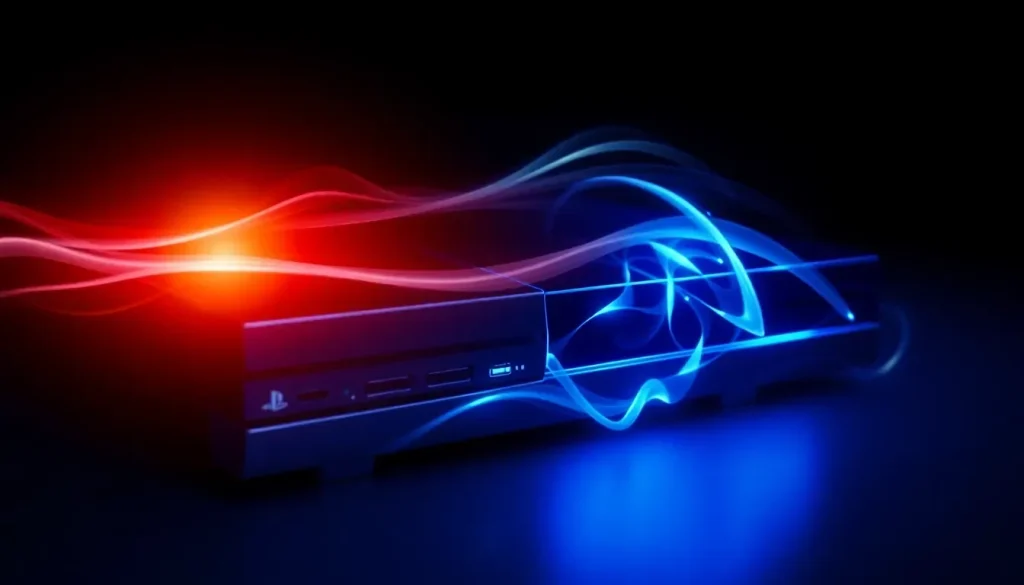PS6 price lower than expected

The anticipation surrounding the next-generation gaming console, the PS6, has sent ripples throughout the gaming community. With fans eager for details, questions about its price and release date are at the forefront of discussions. As PlayStation continues to hold significant influence in the gaming industry, understanding the potential pricing and strategies can provide valuable insights for gamers and enthusiasts alike.
What is the anticipated price of PS6?
The question of how much the PS6 will cost is one of the most pressing concerns for PlayStation fans. With no official announcements yet, speculation is rife. The pricing strategy adopted by Sony for its previous consoles, particularly the PS5, offers a glimpse into what might be expected.
Initially, many believed that the PS6 would follow a similar trajectory to the PS5, which not only maintained its price post-launch but has seen increases over time. This trend led some to predict that the PS6 could be even more expensive. However, new insights suggest a different path.
Recent discussions indicate that the PS6 might launch with a price range of $499 to $599. This is consistent with earlier analyses suggesting a launch price similar to that of the PS5, which debuted at approximately $499. Sources like Moore's Law is Dead, a YouTube channel known for its credibility in tech leaks, support this pricing speculation.
Why might PS6 be priced lower than expected?
To understand the pricing dynamics of the PS6, it’s essential to consider the broader market conditions and consumer psychology. Sony appears to be shifting its approach, and this could lead to a more competitive pricing strategy. Here are some factors influencing this potential price reduction:
- Market Competition: As the console market becomes increasingly competitive, with Microsoft and others vying for market share, lower pricing may be necessary to attract consumers.
- Cost Reduction from Design: The exclusion of certain features, such as an optical disc drive, can significantly lower manufacturing costs.
- Consumer Expectations: After the mixed reception of the PS5 Pro, Sony is aware that price sensitivity is critical for consumers who may be hesitant to spend over $500.
- Subscription Services: With the rise of digital gaming and subscription-based models, the need for physical media may decline, allowing for a reduction in overall costs.
The impact of design choices on PS6 pricing
One of the most talked-about design choices for the PS6 is the potential for a version that lacks an optical disc drive. This approach is not entirely new; it mirrors the strategy Sony implemented with the PS5 Digital Edition. Here’s how this decision could play a role in the pricing:
- Cost Savings: By eliminating the optical drive, Sony could reduce the production cost by approximately $50 to $100.
- Flexibility for Consumers: Offering the optical drive as an optional add-on allows consumers to choose based on their needs, potentially appealing to a broader audience.
- Price Segmentation: A base model without a drive allows for entry-level pricing while providing options for those who prefer physical media.
When is PS6 expected to launch?
While there is no official release date for the PS6, various analysts and industry insiders speculate that it could arrive in 2027. This timeline aligns with the typical lifecycle of PlayStation consoles, which usually see new iterations roughly every six to seven years. The PS5 was launched in late 2020, making a 2027 release plausible.
Industry trends suggest that gaming hardware typically evolves alongside advancements in technology, meaning that the PS6 could incorporate cutting-edge features that justify its pricing strategy, including:
- Enhanced Graphics: Potential integration of advanced graphics technologies like ray tracing to enhance realism.
- Increased Processing Power: A more powerful CPU and GPU to support next-gen gaming experiences.
- Improved VR Capabilities: With VR becoming increasingly popular, the PS6 may include features that enhance virtual reality gaming.
Comparative pricing: PS5 and PS6
The pricing of the PS5 at launch offers a useful benchmark for understanding the PS6's potential cost. The PS5 was introduced at a price of $499 for the standard edition, while its digital version was slightly cheaper. Let's compare:
| Console | Launch Price | Current Market Price |
|---|---|---|
| PS5 Standard | $499 | Often higher due to demand |
| PS5 Digital Edition | $399 | Similar demand dynamics |
| PS6 (Projected) | $499 - $599 | N/A |
Consumer psychology and its influence on pricing
Understanding consumer psychology is crucial for Sony as it prepares for the PS6 launch. Historically, high initial prices have deterred potential buyers, as seen with the PS3, which struggled during its early days due to its elevated cost. Some psychological factors include:
- Price Thresholds: Consumers often have an internal price limit. Crossing the $500 mark could lead to decreased sales.
- Perceived Value: If consumers feel that they are not receiving sufficient value for their money, they may hesitate to make a purchase.
- Market Comparison: Consumers frequently compare prices across different brands, making competitive pricing essential.
In conclusion, while the pricing of the PS6 remains speculative, the factors influencing its cost are becoming clearer. With potential pricing strategies aimed at capturing a broader market and the possibility of innovative design choices, Sony may very well be setting the stage for a successful launch. For more insights on the PS6 and its pricing, check out this video.




Leave a Reply